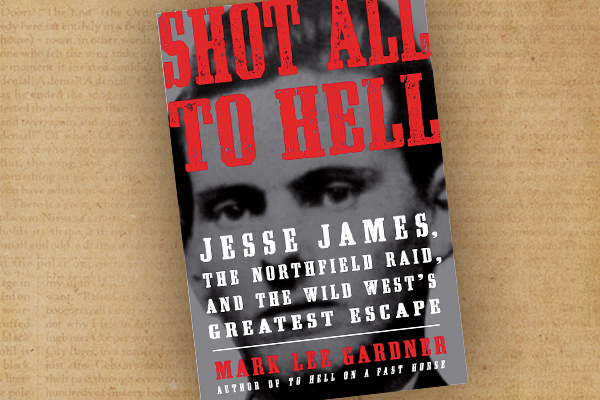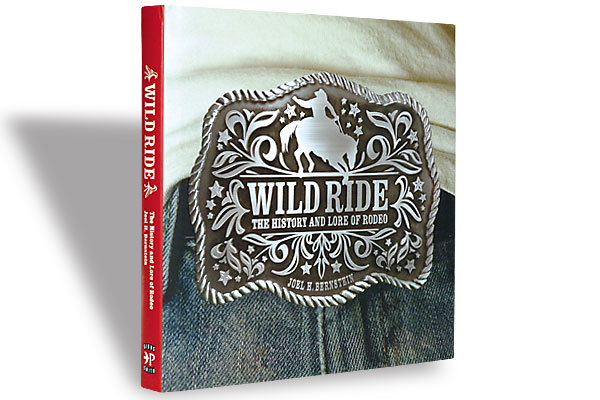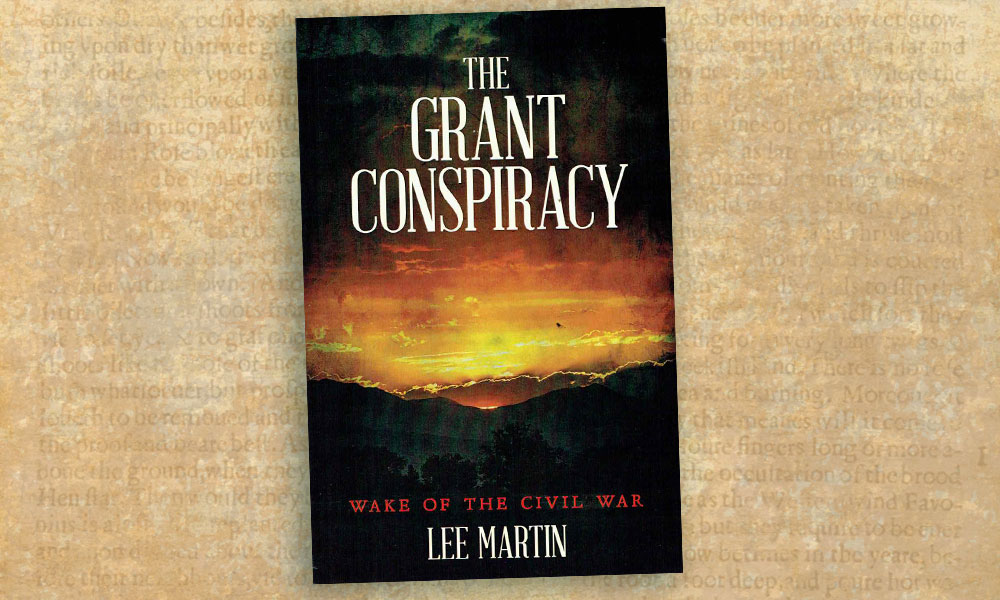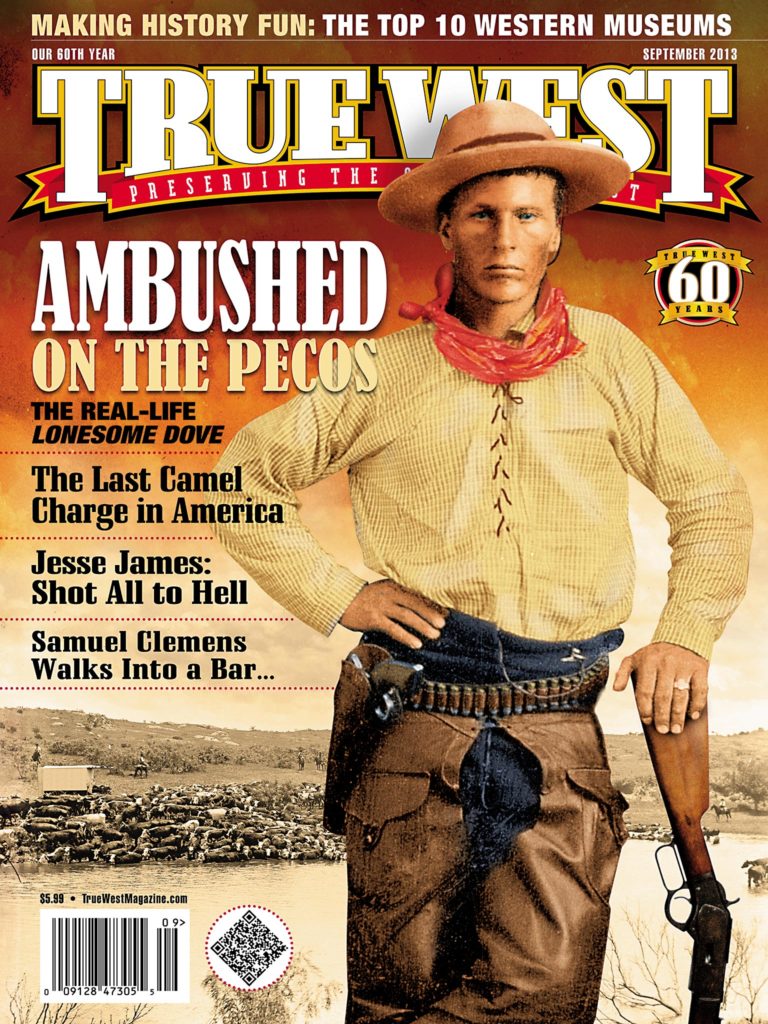 Like a heroic Mexican corrido, historian-musician Mark Lee Gardner’s Shot All to Hell: Jesse James, the Northfield Raid, and the Wild West’s Greatest Escape (William Morrow, $27.99) is both a personal ode and history of the infamous James-Younger Gang.
Like a heroic Mexican corrido, historian-musician Mark Lee Gardner’s Shot All to Hell: Jesse James, the Northfield Raid, and the Wild West’s Greatest Escape (William Morrow, $27.99) is both a personal ode and history of the infamous James-Younger Gang.
On a quest, like Percival in search of the Holy Grail, Gardner crisscrosses his home state of Missouri, Minnesota, South Dakota and Iowa. He invites readers to join him in his search for the truth behind the Northfield raid, the capture of the Youngers and the James’s wild ride back home. Gardner’s research is detailed with an extensive bibliography and footnotes that reflect his epic journey down the outlaws’ trail. An accomplished Western singer and guitarist, Gardner’s prose is paced like the James’s ride into infamy.
Gardner beckons readers to be an eyewitness to history as it happened nearly 150 years ago. His strength as a historian begins with his experience as a reporter, and like many of his contemporaries in popular history, Gardner expertly weaves his personal observations with historic fact and real dialogue that he states “comes directly from primary sources and has not been made up or altered.”
Gardner’s Shot All to Hell is a strong follow up to his first outlaw biography, To Hell On a Fast Horse: The Untold Story of Billy the Kid, Pat Garrett, and the Epic Chase to Justice in the Old West. Unveiling new source material throughout the book, Gardner meticulously returns to the scene of the crime in Northfield, Minnesota. He retraces the lives of all the principals involved in the Northfield robbery, the manhunt, assassination of Jesse James, pardon of brother Frank James and parole of Jim and Cole Younger. Gardner follows the circuitous route that the James Boys took out of the Minnesota woods to the Dakota-Iowa prairie river country. They used every form of deception they had learned during the Civil War and became Missouri guerrilla fighters.
Another strength of Gardner’s research is his debunking of popular legends, like the myth that Jesse jumped South Dakota’s Devil’s Gulch, a 20-foot chasm, on his exhausted mare, when he actually “passed several miles to the south.” The author uses important archival resources like Minnesota Gov. Lucius F. Hubbard’s requisition to extradite Frank James from Missouri. Gardner also reports on his discovery of the long lost “affidavit of Frank Wilcox naming Frank James as the killer of Joseph Lee Heywood (a First National Bank bookkeeper).”
A popular public speaker and regular contributor to PBS and the History Channel, Gardner also performs Old West ballads, plays guitar and
banjo, and sings at concerts and on his album Outlaws: Songs of Robbers, Rustlers, and Rogues, which includes his song “Jesse James.”
—Stuart Rosebrook





